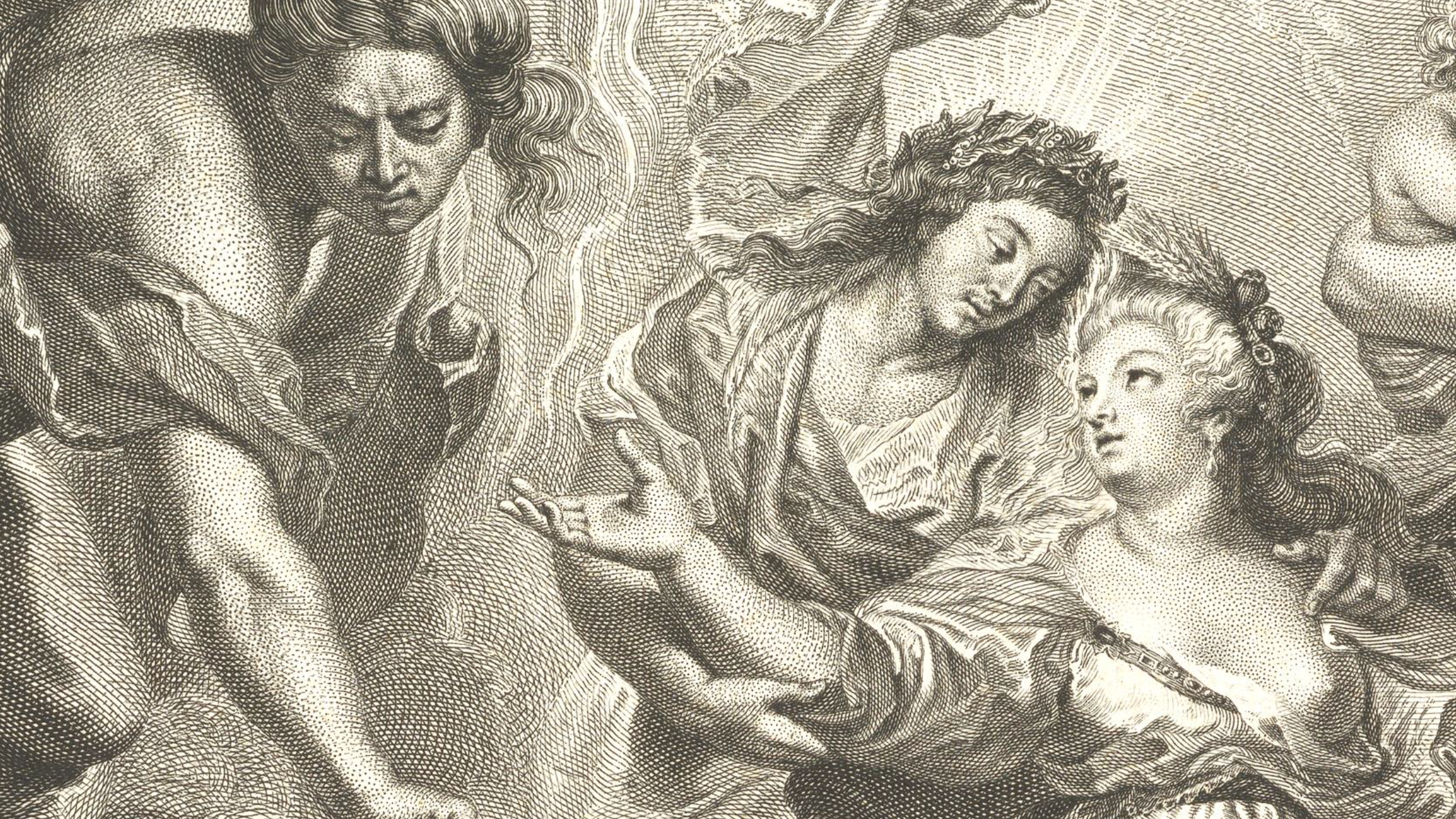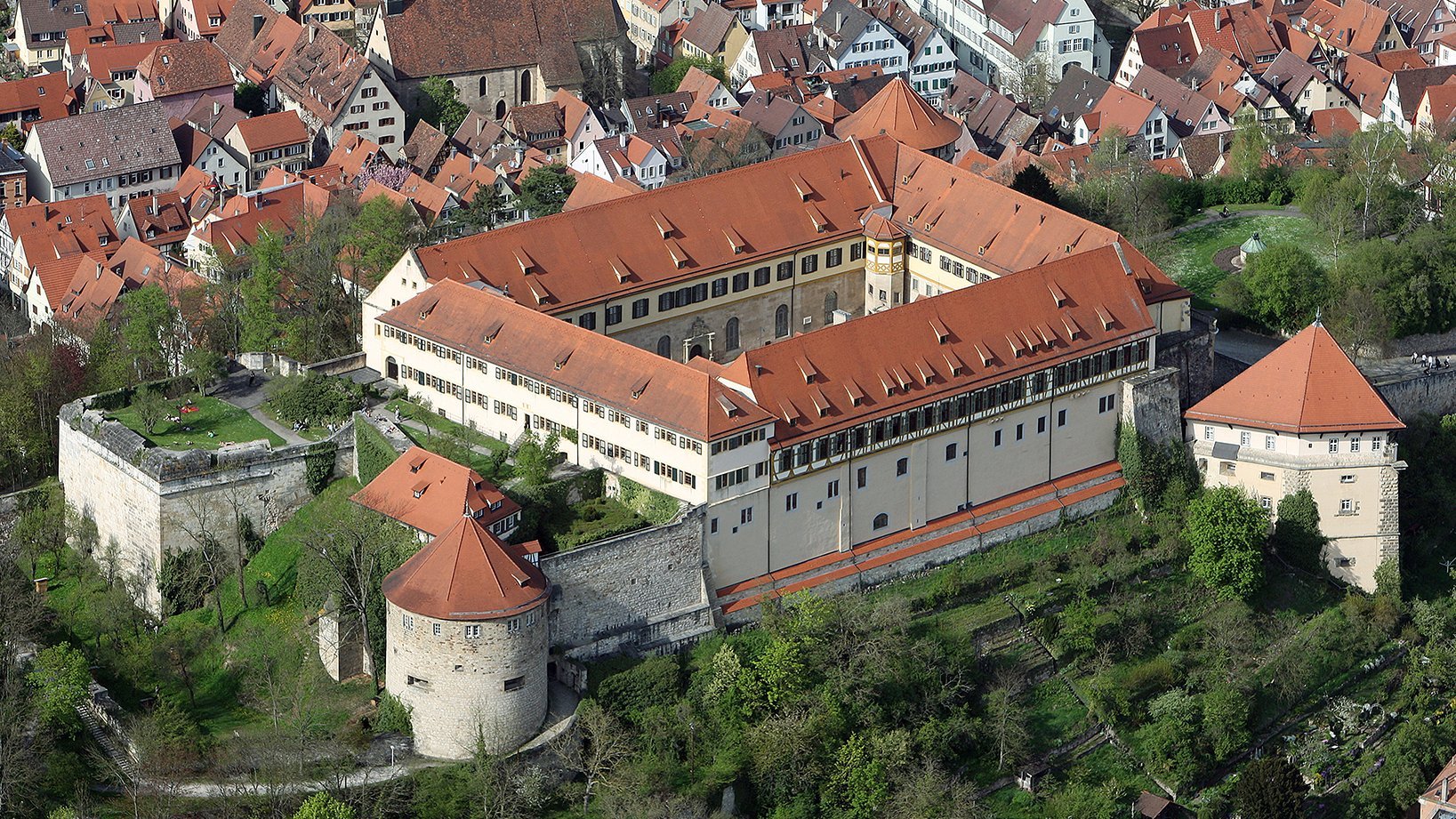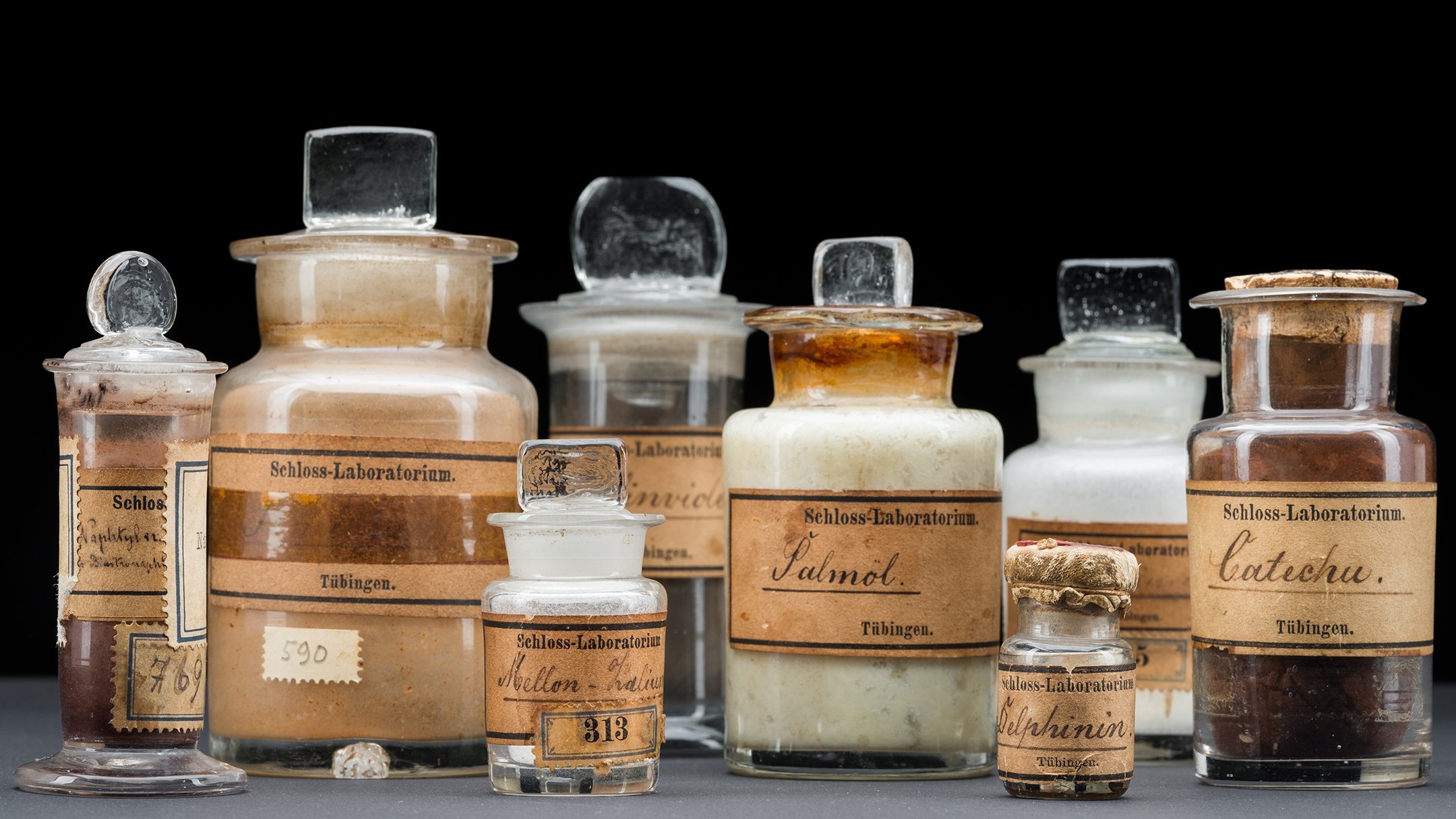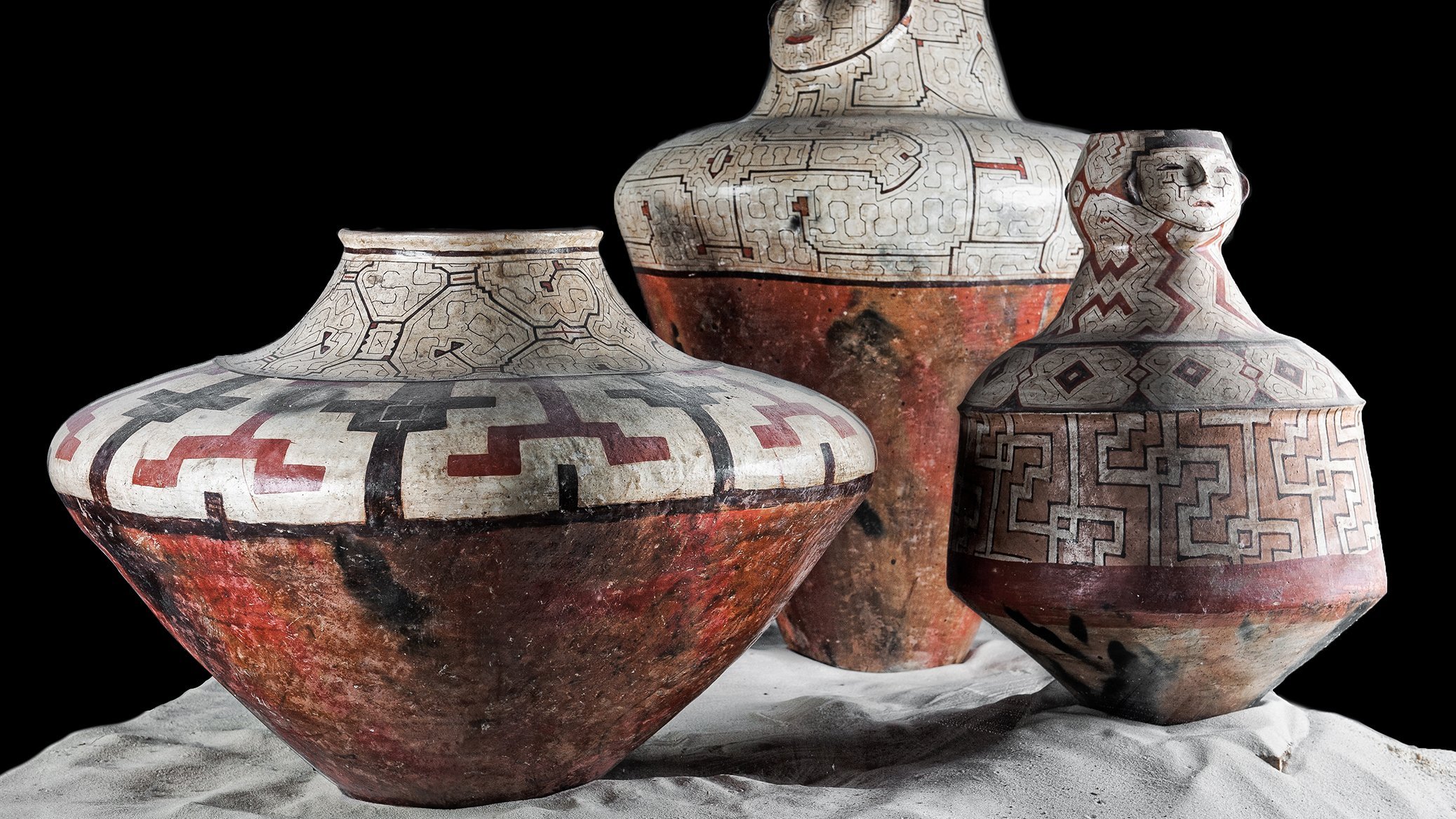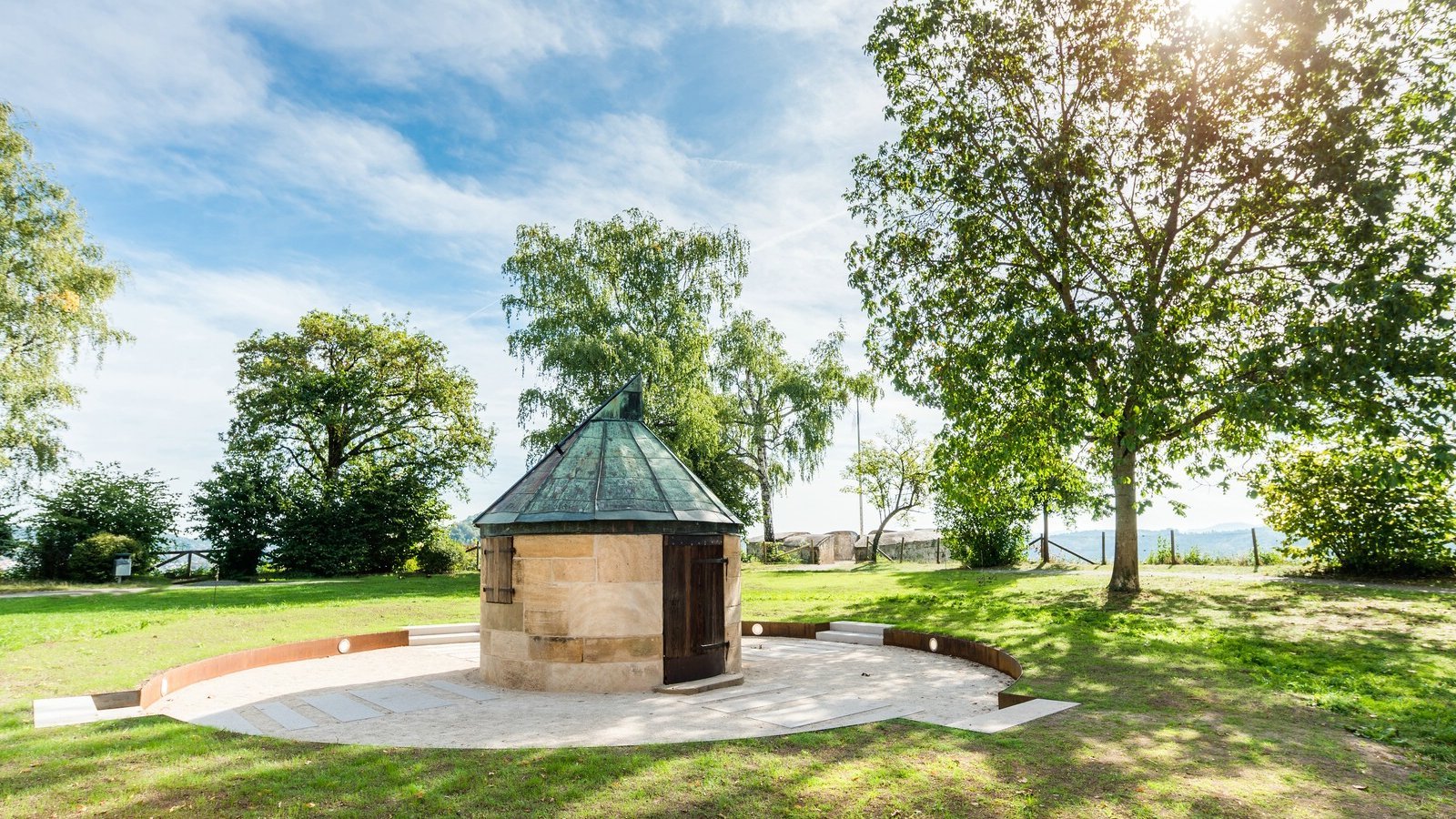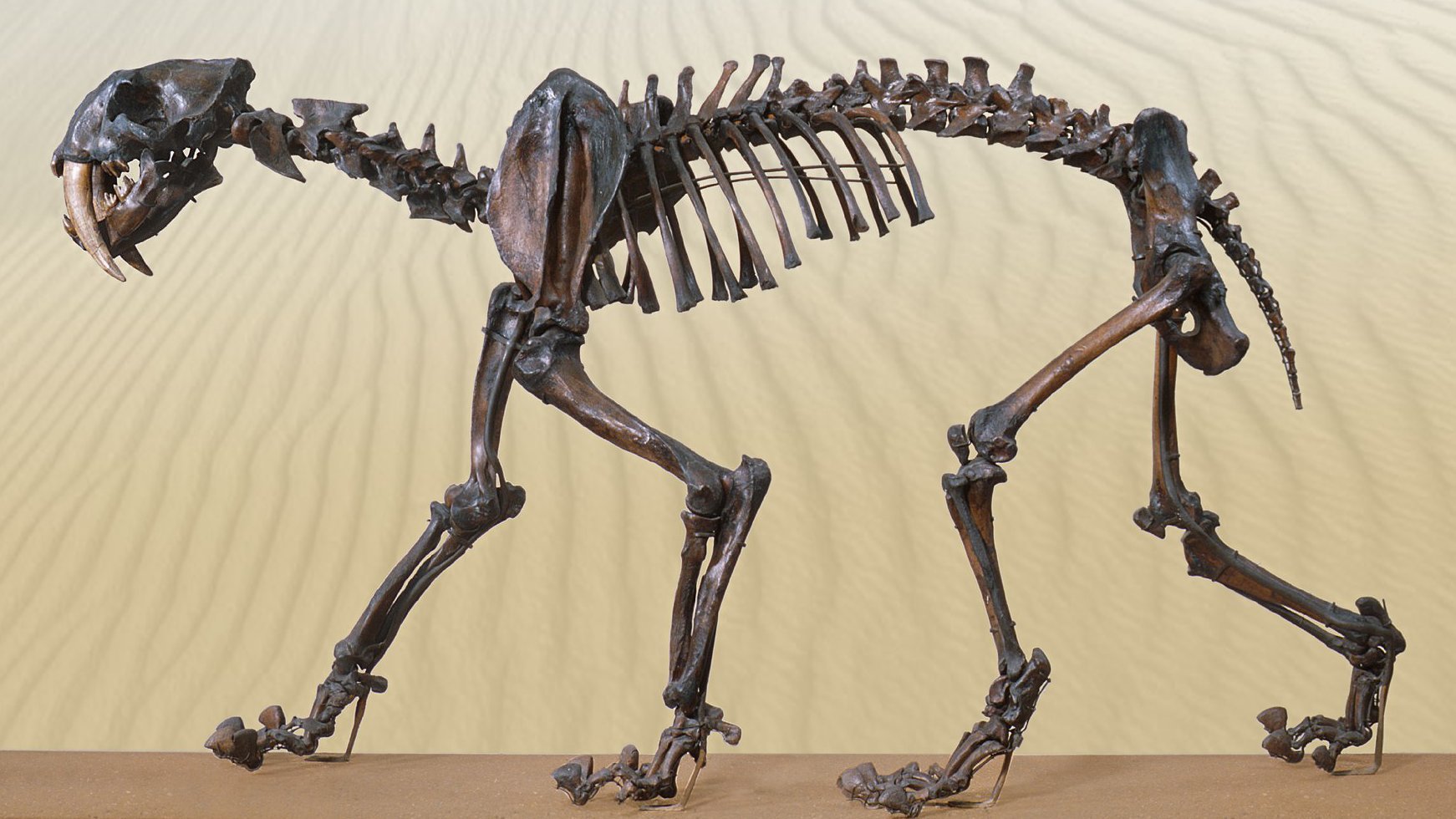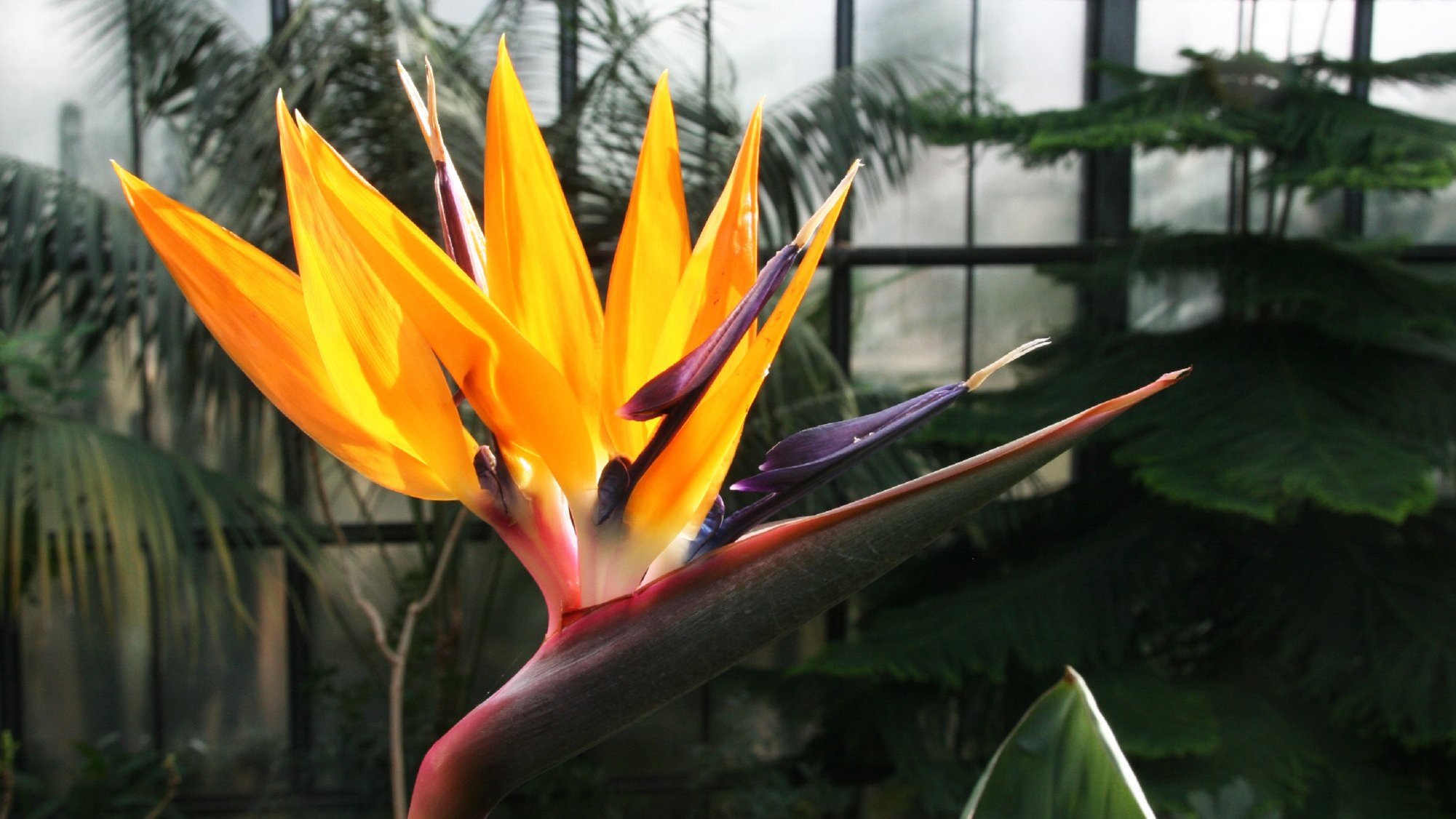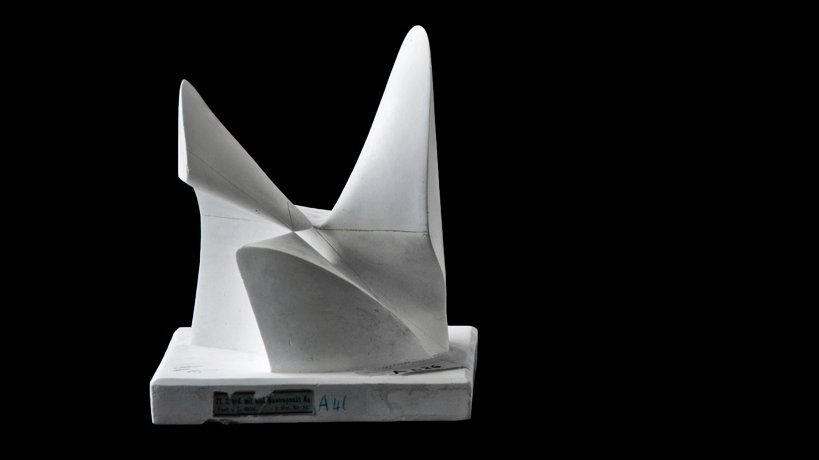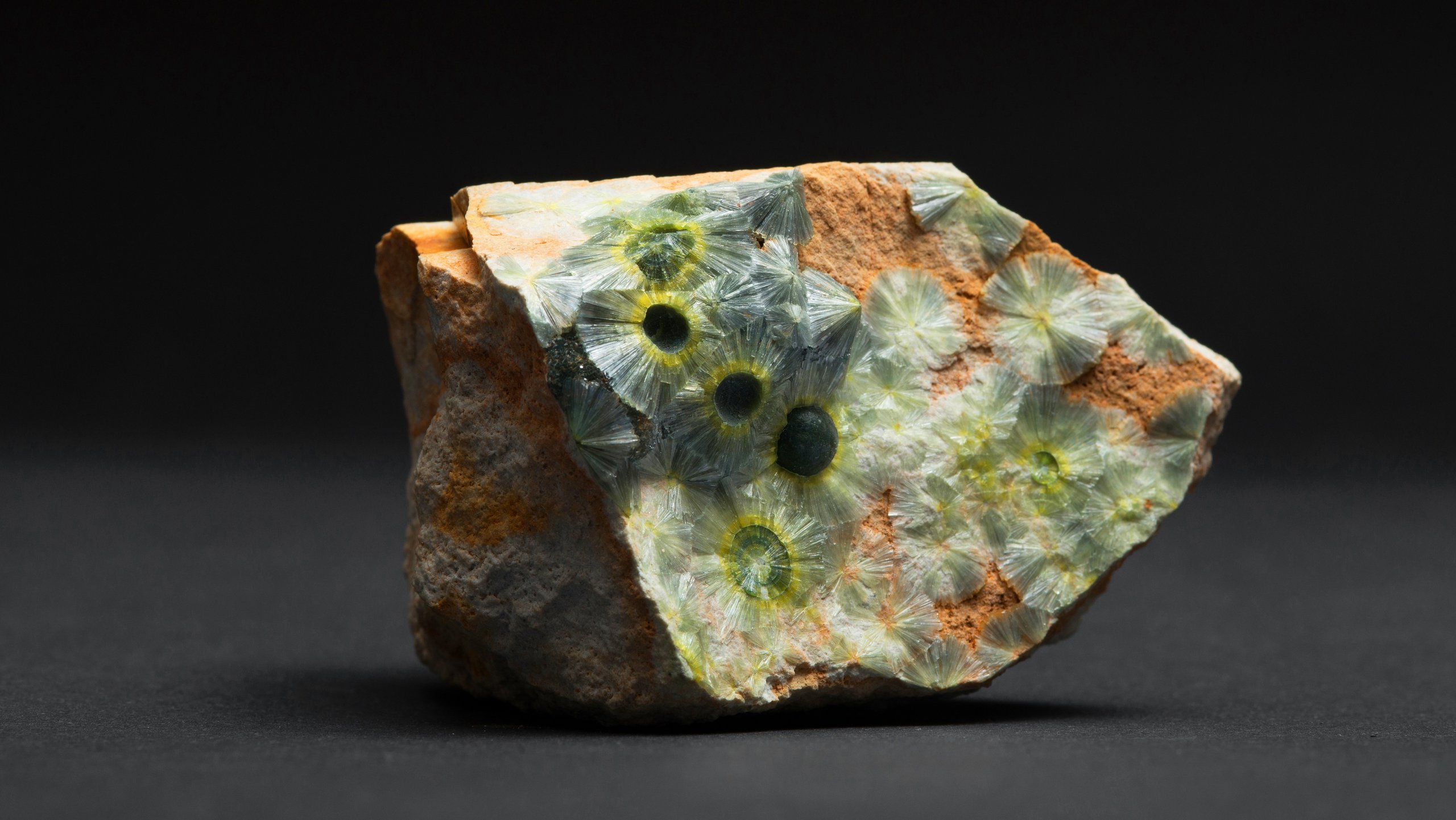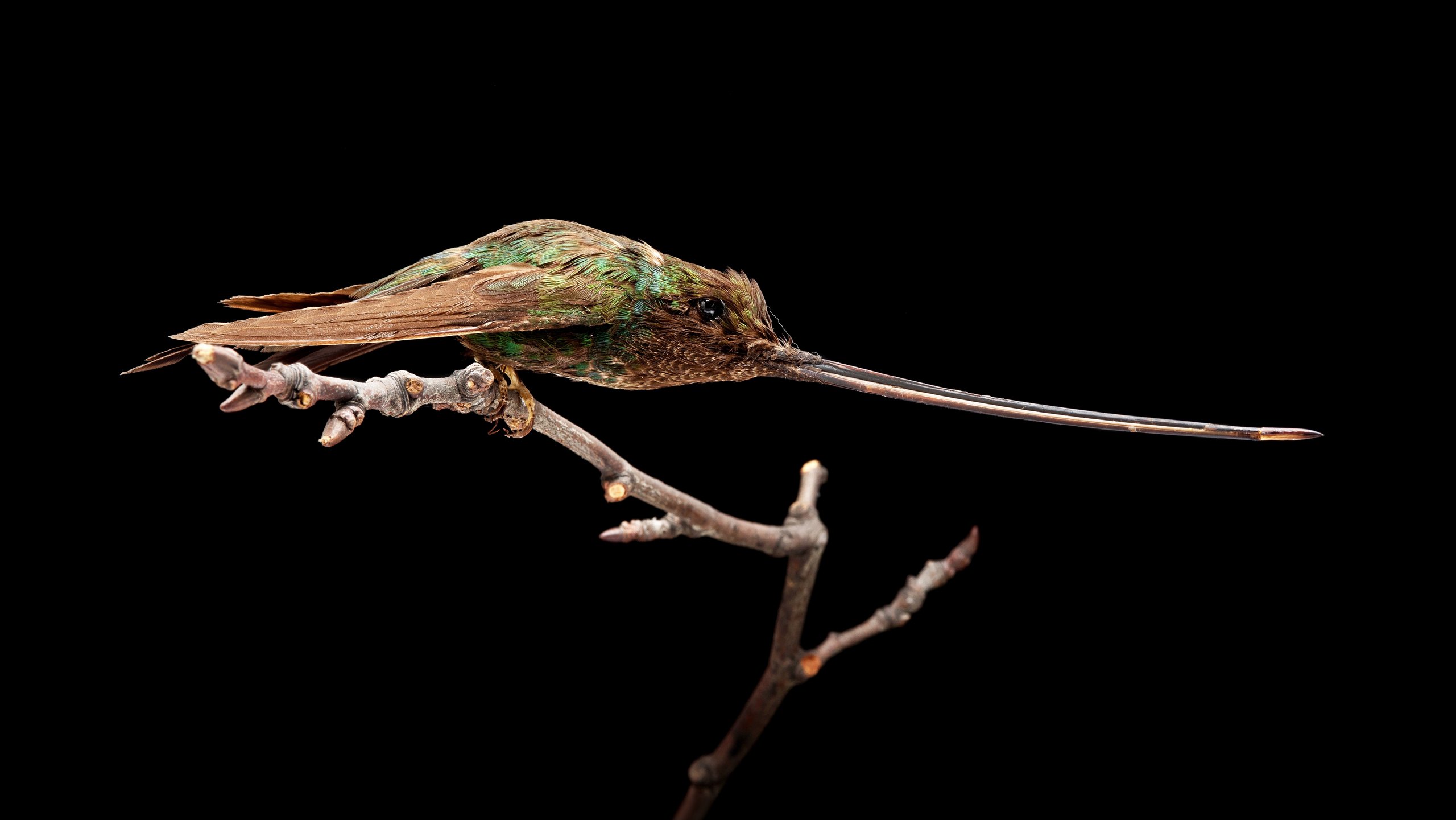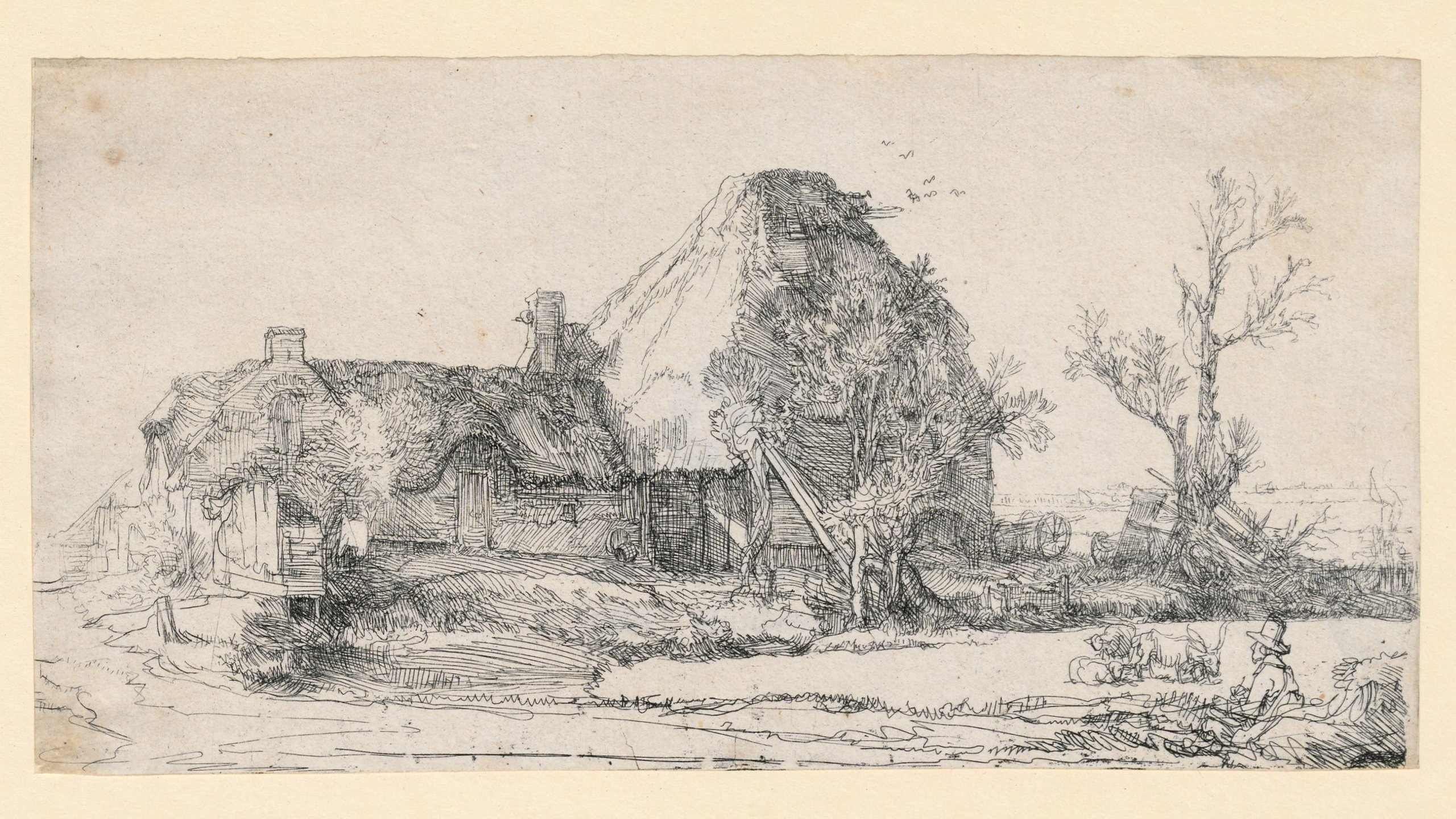Exhibitions
Current
Preview
Preview
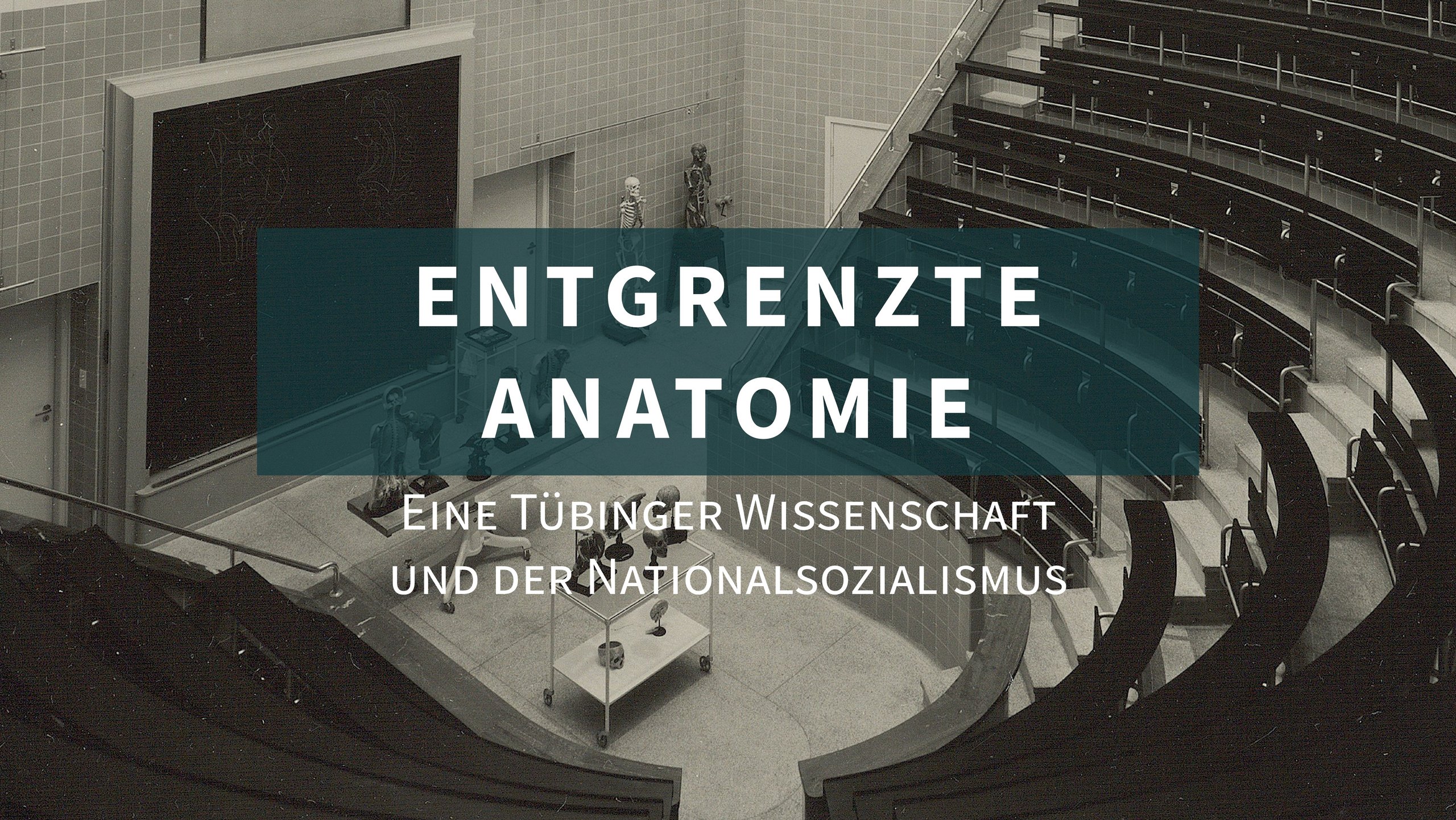
Anatomy Unbound
April 17th, 2023 to December 31st, 2027 (extended)
This exhibition was developed in three research projects by students of history and medicine under the direction of PD Dr. Henning Tümmers and Leonie Braam, M.A. (Institute for Ethics and History of Medicine) and Prof. Dr. Benigna Schönhagen and Stefan Wannenwetsch, M.A. (Grave Field X Project at the Institute for Historical Geography and Ancillary Historical Sciences). The interdisciplinary project is being developed in cooperation with Prof. Dr. Bernhard Hirt (Institute for Clinical Anatomy and Cell Analysis) and Prof. Dr. Ernst Seidl (Museum of the University of Tübingen MUT).
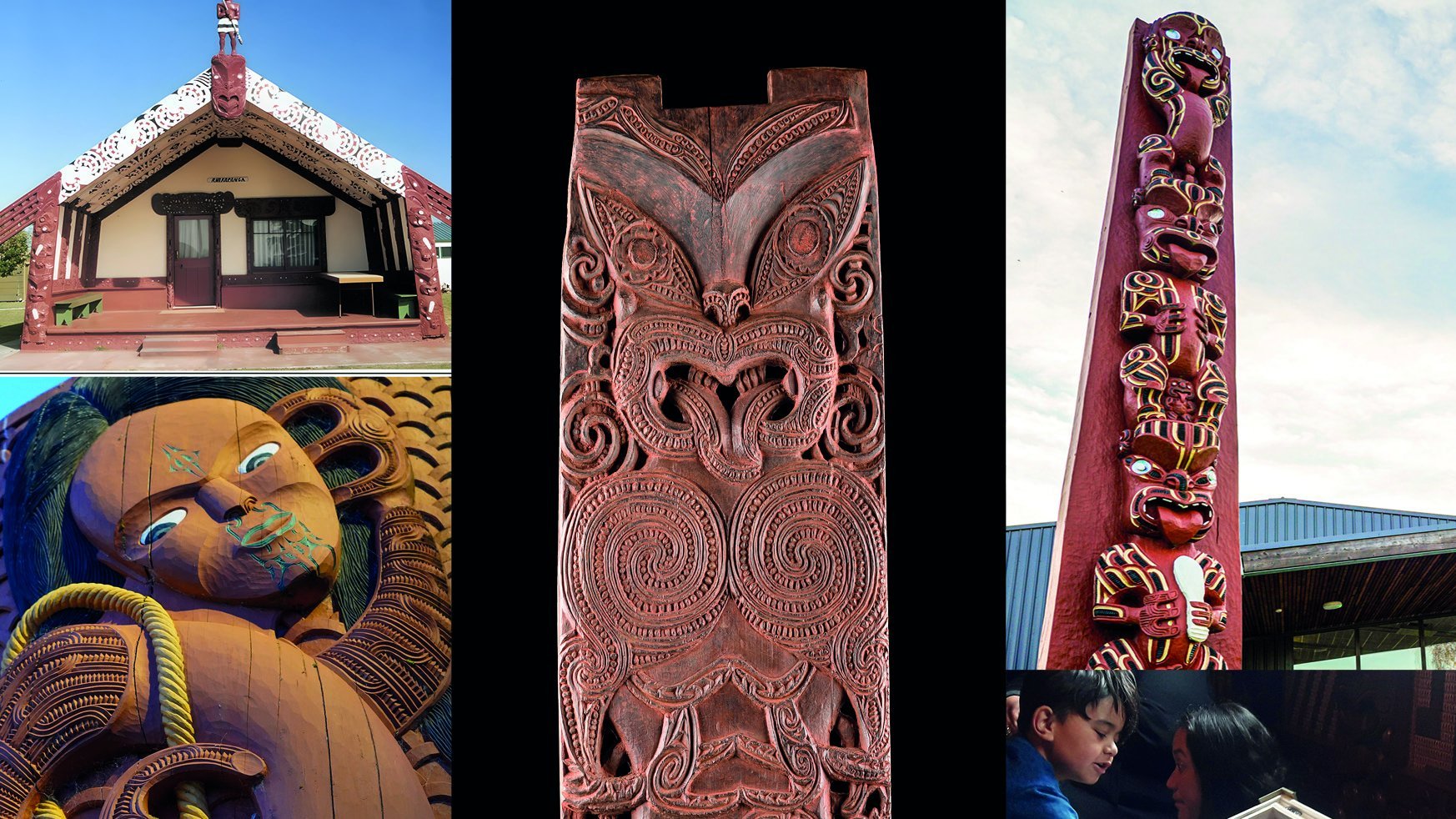
Te Pou o Hinematioro – Māori Heritage, Culture and Connection
October 24th, 2025 to March 29th, 2026
The exhibition was created in close collaboration between the Māori community Te Aitanga-a-Hauiti from Ūawa/Tolaga Bay (New Zealand) and the University of Tübingen. At its heart stands the carved pou Hinematioro Pou, which came to Europe in 1769 during James Cook’s first voyage. For the community, it is far more than an exhibit – it embodies ancestors, genealogy (whakapapa), spiritual authority (mana), and cultural treasures (taonga).
Art / Power. Rubens' Medici cycle and the printed canon
November 21st, 2025, to January 18th, 2028
On the occasion of the 400th anniversary of the completion of Peter Paul Rubens' famous Medici cycle (1621–1625), this exhibition is the first monographic focus on his artistically ambitious transfer of the cycle to the medium of printmaking and the texts associated with it. The Galerie du Palais du Luxembourg, created by multiple authors and published in Paris in 1710, not only contributed significantly to the international popularisation and canonisation of the ensemble of paintings, which was dynastically controversial and only accessible to a limited extent at the time of its creation. Rather, the representative gallery work, realised with enormous journalistic effort, functioned well into the 19th century as a central aesthetic interface for art-theoretical, art-historical and, not least, art-political discourses.
Current
Online
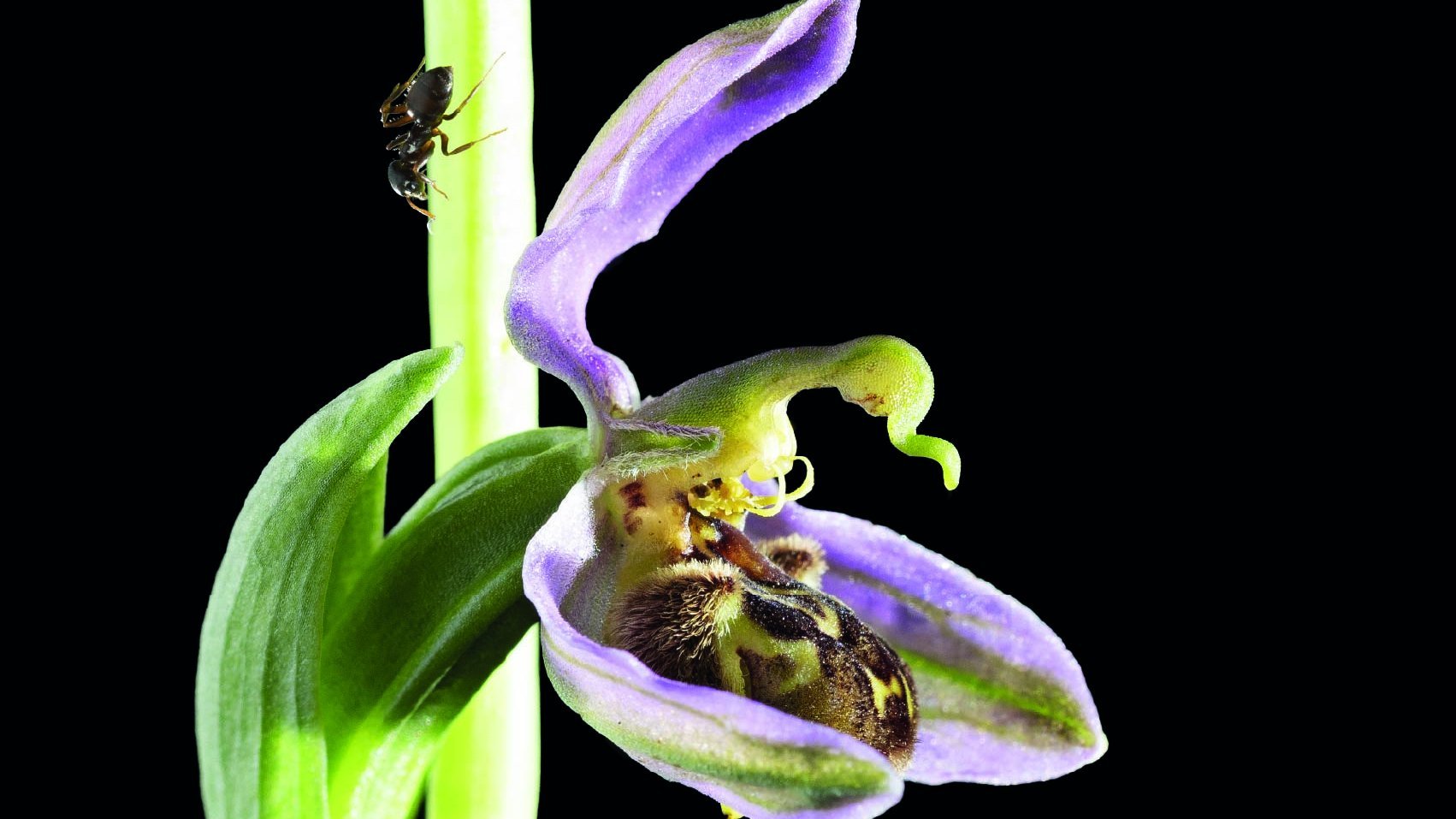
Endangered Beauty
April 6th, 2025 to February 15th, 2026
With the project „Endangered Beauty. Künstlerische Portraits einheimischer Orchideen" (Artistic portraits of native orchids), Tamara Schmidt completed her degree in photographic design in 2020. The photographs highlight the beauty of these small, often inconspicuous orchids and convey technically sophisticated macro photography as well as the precarious conservation status of this fascinating group of plants. Using additional photographs, Tamara and Tobias Schmidt show an exhibition together with the Botanical Garden of the University of Tübingen which shows the beauty and interesting facts around orchids.
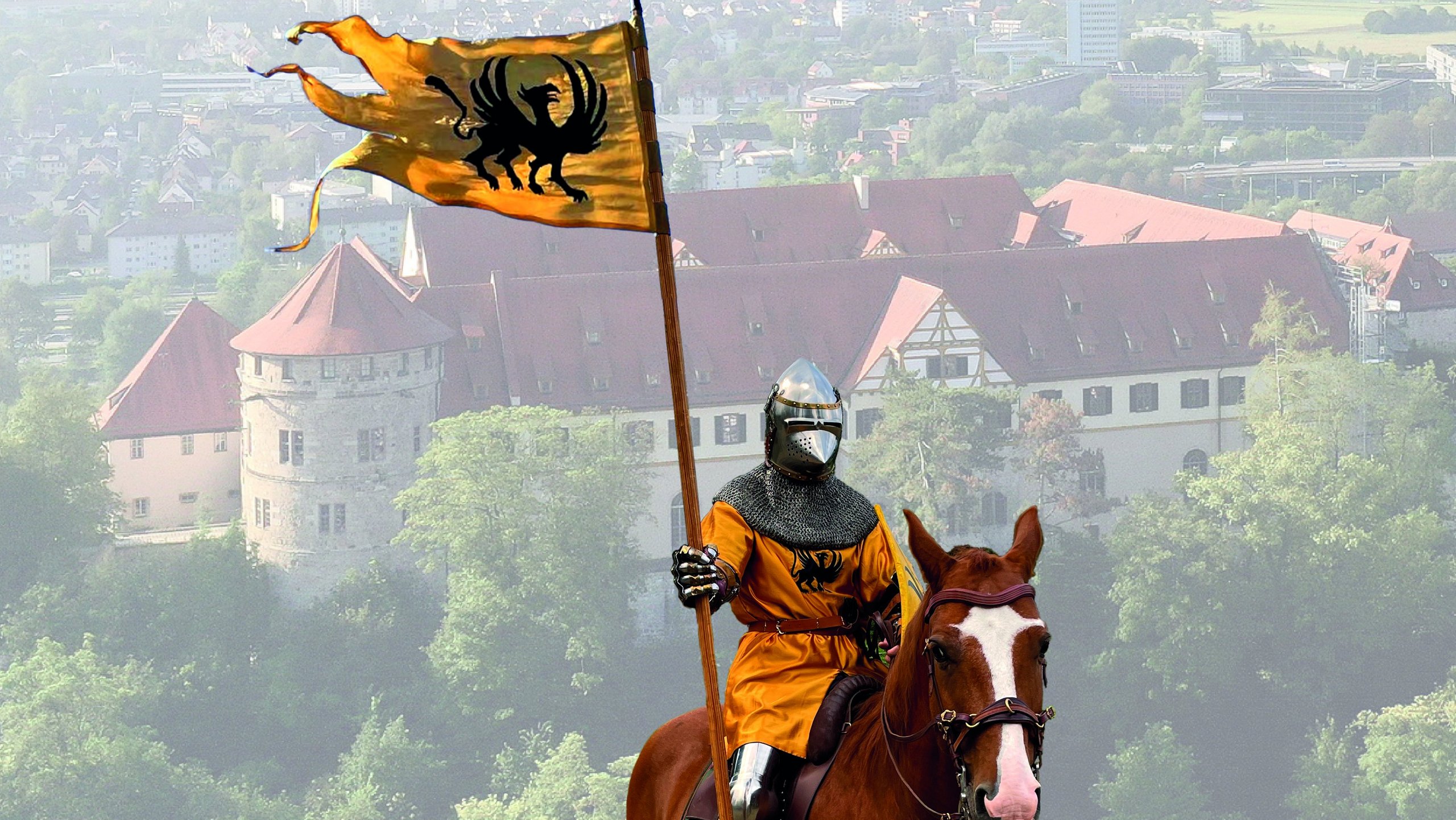
Excavated!
Knights and Castles in the Echaz Valley
July 25th to November 2nd, 2025
The ruins of Ober- and Untergreifenstein as well as neighbouring sites, including Stahleck Castle, form a small-scale castle landscape par excellence in the Upper Echaz valley. The exhibition shows the results of the archaeological excavations of the past few years. It focuses around the little-known medieval Stahleck Castle – and those who lived and worked there.
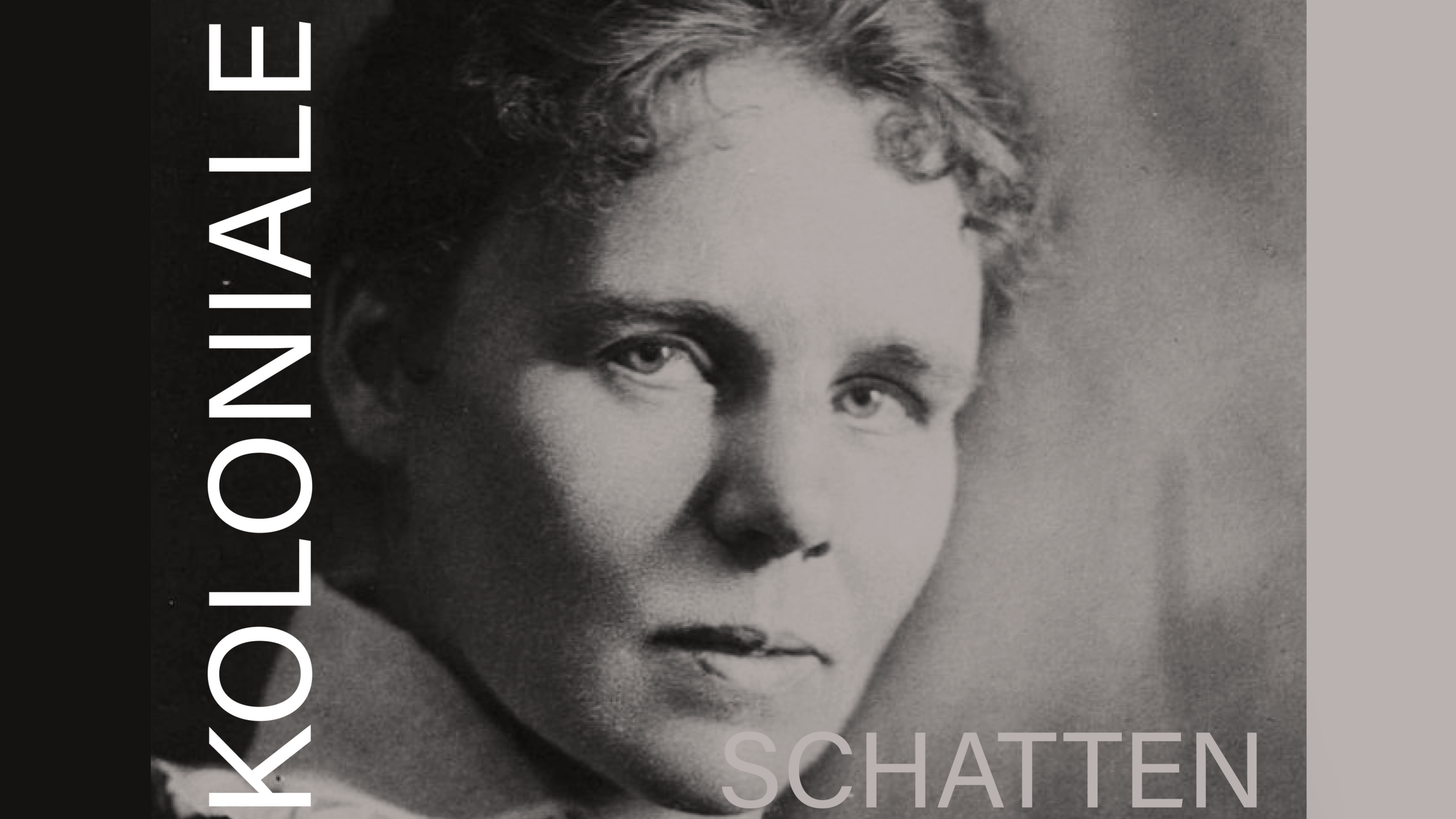
Colonial Shadows
from January 22nd, 2025
Elisabeth Krämer-Bannow, who was part of the expedition as self-taught illustrator, photographer and ethnologist, used her access to the women of Palau to document their daily lives and culture from a rare perspective. While male explorers often lacked access to this world, she was able to provide intimate insights that often went unobserved in ethnological research at the time. Her watercolours and photographs, on display in the exhibition, offer a vivid picture of Palauan life and a critical reflection on the colonial view of the period.
Permanent Exhibitions
Ancient Cultures
Worldwide unique treasures such as the earliest artworks and music instruments are guarded by the MUT at Hohentübingen Castle.
Castle Laboratory Tübingen
The new, interactive exhibition is located directly at the worldwide oldest biochemistry workplace – in the former castle kitchen.
WorldCultures
The exhibition of the Ethnological Collection creates a fascinating trip through the areas of the South Seas and the Amazon lowlands.
Bohnenberger Observatory
Since 1752, astronomers have been active at Hohentübingen Castle. The observatory, constructed by Johann G. F. Bohnenberger in 1814, lies at the cartographical centre point of the later kingdom of Württemberg and houses houses the "Reichenbach's repetition circle".
Evolution
Here you will find plateosaur skeletons, the skeletons of cave bears and the world's most important collection of stocky therapeutic dinosaurs from the southern hemisphere.
Plant Diversity
On an area of ten hectares there are almost 10,000 plant species from all over the world, whose natural living conditions are modelled in the field and in the greenhouses.
MindThings
The permanent exhibition of the Psychological Collection shows instruments, equipment and objects of study from the last 100 years in connection with everyday questions to psychological miracles.
Mind and Shape
The permanent exhibition offers insights into the world of mathematics. It is aimed at specialist scientists, as well as people without math expertise.
Crystals
The Mineral Collection presents important minerals, ores as well as gemstones from all over the world, and explains their significance for the understanding of the system Earth and for our life.
AnimalPreparations
The display collection in the Sigwartstraße presents many vertebrates and insect groups from Central Europe, as well as exotic animals from Africa, Asia, Australia and America.
Graphic Collection
Since 1897, the Graphic Collection at the Art Historic Institute functions as teaching and art collection for the practice orientated education of students and is also available to the art interested public.
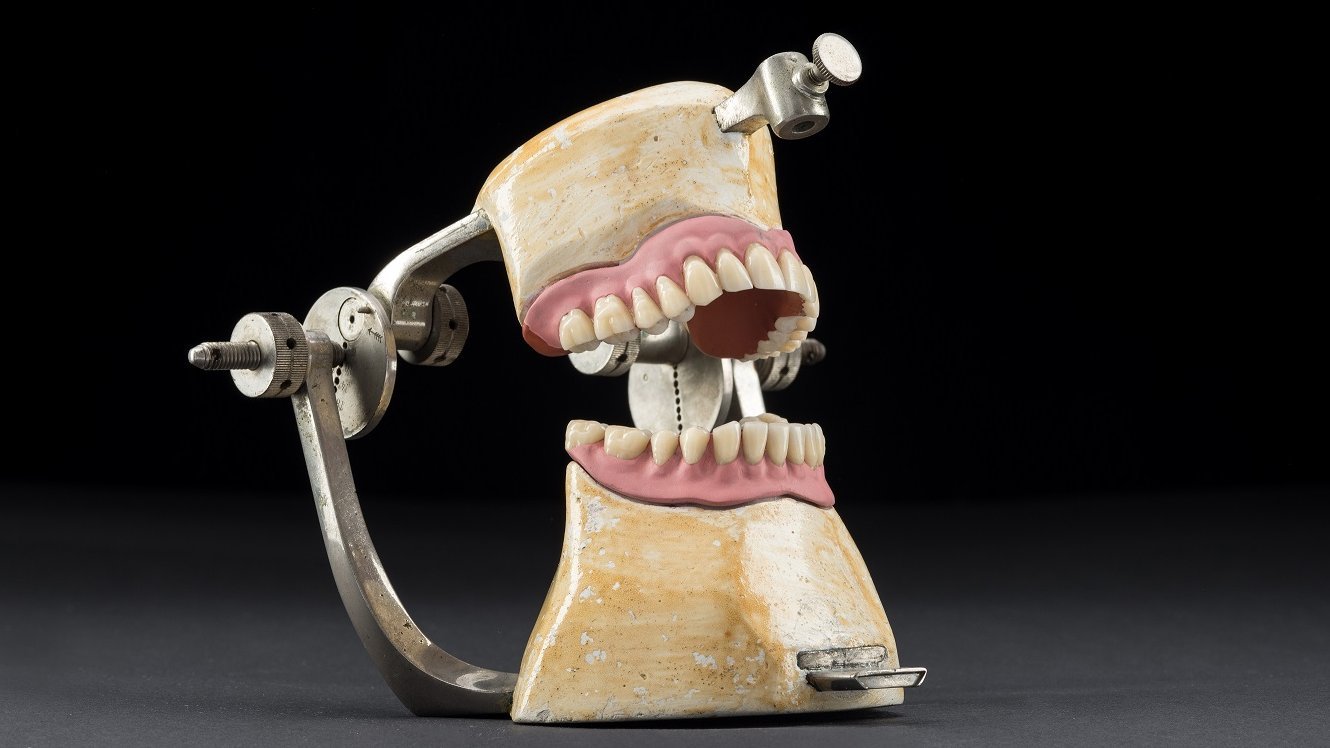
Dental|Things
The permanent exhibition Dental | Things presents over 400 objects from the dental teaching collection: Countless highlights and curiosities provide fascinating insights into the history of the development of dentistry
Online Exhibitions
Further information about the Online Exhibitons can be found here.



